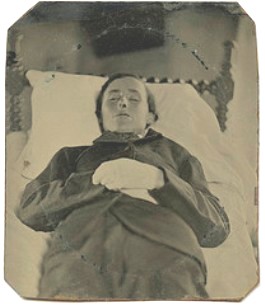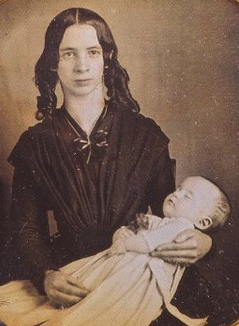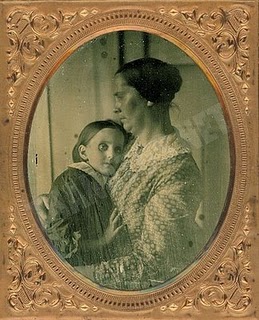

The Morbidly Fascinating Page
This Month’s Subject:
Post Mortem Photography in the Victorian Era
IN THE ARCHIVES:
Weird Photos
Stuckie
Two-Faced
Hyperdontia
Preserved
Circus Curiosities
Accidental Victim Photos
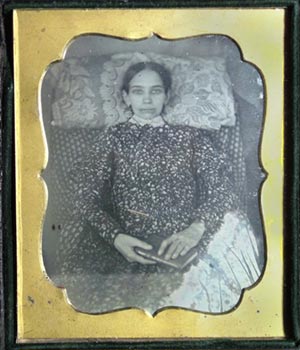
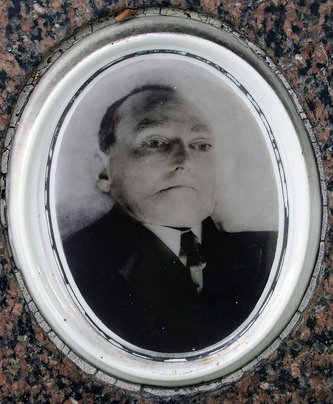
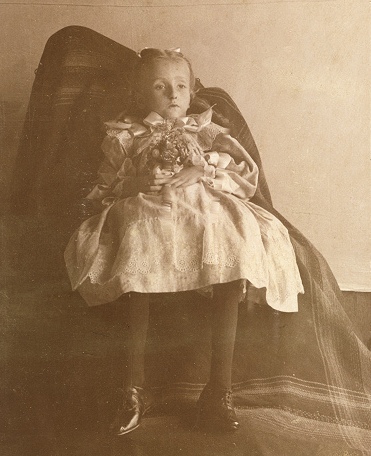
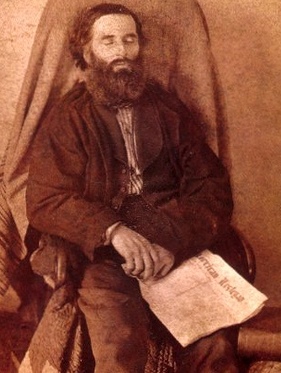
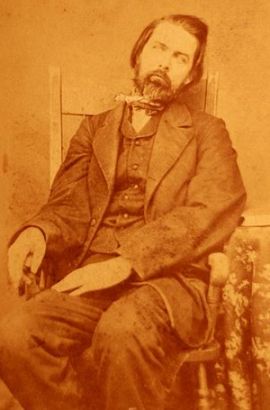
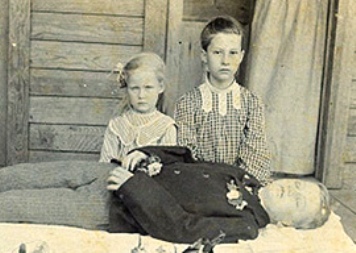



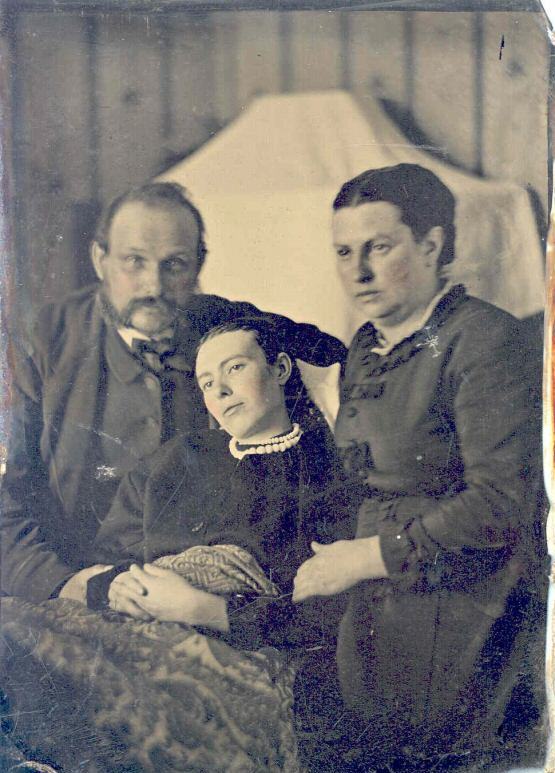
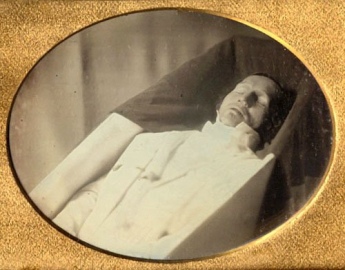
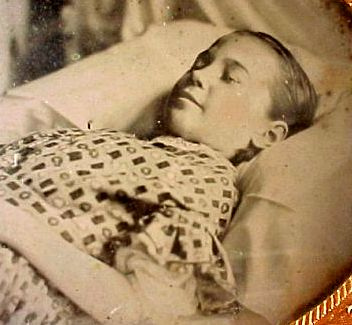
VICTORIAN POST MORTEM PHOTOGRAPHY
The invention of the daguerreotype in 1839 made portraiture much more commonplace, as many of those who were unable to afford the commission of a painted portrait could afford to sit for a photography session. This cheaper and quicker method also provided the middle class with a means for memorializing dead loved ones.
These photographs served less as a reminder of mortality than as a keepsake to remember the deceased. This was especially common with infants and young children; Victorian era childhood mortality rates were extremely high, and a post-mortem photograph might be the only image of the child the family ever had.
The earliest post-mortem photographs are usually close-ups of the face or shots of the full body and rarely include the coffin. The subject is usually depicted so as to seem in a deep sleep, or else arranged to appear more lifelike. It was not uncommon to photograph very young children with a family member, most frequently the mother. Adults were more commonly posed in chairs or even braced on specially-designed frames. Flowers were also a common prop in post-mortem photography of all types.
The effect of life was sometimes enhanced by either propping the subject's eyes open or painting pupils onto the photographic print, and many early images (especially tintypes and ambrotypes) have a rosy tint added to the cheeks of the corpse.
Later examples show less effort at a lifelike appearance, and often show the subject in a coffin. Some very late examples show the deceased in a coffin with a large group of funeral attendees; this type of photograph was especially popular in Europe and less common in the United States.
The practice eventually peaked in popularity around the end of the 19th century and died out as "snapshot" photography became more commonplace, although a few examples of formal memorial portraits were still being produced well into the 20th century.
Learn more on WIKIPEDIA.

